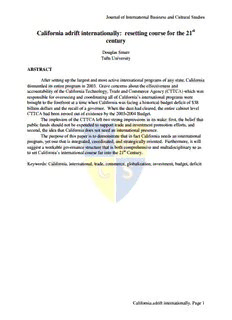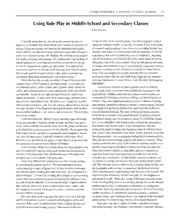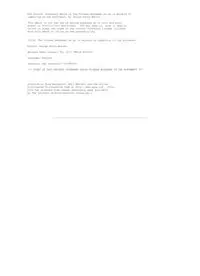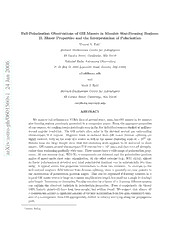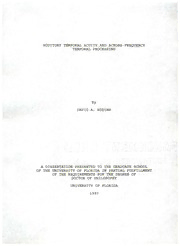
Auditory temporal acuity and across-frequency temporal processing PDF
Preview Auditory temporal acuity and across-frequency temporal processing
AUDITORY TEMPORAL ACUITY AND ACROSS-FREQUENCY TEMPORAL PROCESSING By DAVID A. EDDINS A DISSERTATION PRESENTED TO THE GRADUATE SCHOOL OF THE UNIVERSITY OF FLORIDA IN PARTIAL FULFILLMENT OF THE REQUIREMENTS FOR THE DEGREE OF DOCTOR OF PHILOSOPHY UNIVERSITY OF FLORIDA 1993 ACKNOWLEDGEMENTS I gratefully acknowledge the support, guidance, and assistance of my advisor, Professor David M. Green. In sharing his kindness, wisdom, and knowledge, he has influ- enced my professional life in untold ways. I also express my appreciation to the other members of my committee for their interest in my research and for their helpful comments. I truly thank all of those associ- ated with the Psychoacoustics Laboratory for providing a wonderful atmosphere for learning and research. A special thanks goes to Dr. Beverly A. Wright for her cooperation and many helpful discussions. Drs. Joseph W. Hall, John H. Grose, and Robert W. Peters inspired me to pursue auditory research and taught me many of the basic skills necessary to become a success- ful scientist. To them I will always be indebted. I thank my parents for instilling in me an apprecia- tion for knowledge and a drive to learn. Finally, I wish to thank Dr. Ann E. Clock for her constant patience, support, and assistance during my doc- toral training. n TABLE OF CONTENTS ACKNOWLEDGMENTS ii ABSTRACT v CHAPTERS 1 INTRODUCTION 1 2 AMPLITUDE MODULATION DETECTION OF NARROWBAND NOISE: EFFECTS OF ABSOLUTE BANDWIDTH, FREQUENCY REGION, AND LEVEL 6 Introduction 6 Experiment 1. Effects of Bandwidth and Frequency region 10 Experiment 2. Effects of Stimulus Level 28 Experiment 3. Effects of Notched Noise Masking 35 Experiment 4. Psychometric Functions 40 Conclusions 46 Notes 49 3 MODIFIED MASKING PERIOD PATTERNS: INFLUENCES OF SIGNAL FREQUENCY AND MASKER BANDWIDTH 50 Introduction 50 Methods 54 Results 57 Discussion 60 Conclusions 70 4 ACROSS CHANNEL TEMPORAL PROCESSING: COMODULATION MASKING RELEASE FOR UN-MODULATED AND SINUSOIDALLY AMPLITUDE MODULATED STIMULI. 72 Introduction 72 General methods 75 Experiment 1. Single Fluctuation Rate 76 Experiment 2. Two Fluctuation Rates: 500-ms Signal 81 Experiment 3. Two Fluctuation Rates: Pulse- Train Signal With Peak or Valley Signal Placement 94 Conclusions 107 5 CONCLUSIONS 109 iii APPENDIX 113 REFERENCES 116 BIOGRAPHICAL SKETCH 123 IV Abstract of Dissertation Presented to the Graduate School of the University of Florida in Partial Fulfillment of the Requirements for the Degree of Doctor of Philosophy AUDITORY TEMPORAL ACUITY AND ACROSS-FREQUENCY TEMPORAL PROCESSING By David A. Eddins August 1993 Chairman: David M. Green Major Department: Psychology Estimates of auditory temporal acuity and across- frequency temporal processing were based upon psychophysi- cal measurements of amplitude modulation detection and masked pure-tone thresholds. The first set of experiments measured the sensitivity to modulation of narrowband noise stimuli as a function of modulation frequency. Resulting temporal modulation transfer functions (TMTFs) were used to characterize the temporal response of the auditory system. TMTFs obtained for four bandwidths at three different frequency regions revealed that temporal acuity was con- stant across stimulus frequency region and inversely related to stimulus bandwidth. TMTFs were independent of stimulus level for narrow- band and wideband noise stimuli over a range of 50 dB. At sensation levels < 20 dB, sensitivity to modulation was v reduced. Temporal acuity estimates, however, were constant over a 70-dB range. Temporal acuity estimates based on low-frequency stimuli may actually reflect high-frequency auditory stimu- lation. By restricting the region of stimulation using notched-noise masking, TMTFs revealed that similar esti- mates of temporal acuity for low- and high-frequency stimu- liwere not due to only high-frequency stimulation. Psycho- metric functions for modulation detection were steeper with increasing modulation frequency (4 to 250 Hz) and were independent of stimulus bandwidth and frequency region. Modulation masking period patterns (masked pure-tone threshold for unmodulated minus amplitude modulated noise as a function of modulation frequency) yielded another temporal acuity measure. Derived TMTFs for four signal frequency and four masker bandwidth conditions indicated essentially the same temporal acuity across signal frequency for narrowband maskers and better temporal acuity at high signal frequencies for wideband maskers. The ability to combine temporal information across different spectral regions was investigated using a comodu- lation masking release (CMR) paradigm based upon pure-tone thresholds masked by narrowband stimuli having either incoherent or coherent envelopes across frequency. The influence of envelope fluctuation rate upon CMR magnitude was investigated by varying narrowband noise bandwidth and the amplitude modulation (AM) rate of tonal maskers. As vi . the envelope rate increased, CMR decreased. When fast (noise) and slow (AM) envelope rates were combined simulta- neously, CMR values were 5 dB for coherent noise, 18 dB for coherent AM, and 23 dB for coherence at both envelope rates Vll . CHAPTER 1 INTRODUCTION Understanding the dynamic properties of the auditory system is of fundamental importance to the study of hear- ing. Most sounds in the environment change over time. For many of these sounds, vocal communication for example, important meaning is conveyed by these temporal changes. As time, frequency, and amplitude are the principal proper- ties of sound, any theory of audition must take into account the relations among these properties. The present studies focus on auditory temporal processing. Temporal processing encompasses several different aspects of audition including temporal acuity, temporal summation, and spectro-temporal analysis. The studies of temporal acuity and temporal summation have a long history and a great deal is known about these dynamic processes, whereas interests in spectro-temporal processing have become widespread only recently. Temporal acuity refers to the ability of the auditory system to resolve rapid changes in time. As such, the focus of acuity research has been to estimate a minimum time constant of the auditory system. A typical estimate of temporal acuity, based on several different psychophysical paradigms, is about 2 to 3 ms (e.g. Plomp, 1964) 1 2 Temporal summation, as the term suggests, is the process of adding auditory information over time in order to facilitate signal detection or discrimination. It seems logical that, within certain limits, a longer stimulus will be easier to detect than a very brief stimulus. Temporal summation, or temporal integration, is typically measured as the stimulus level at threshold as a function of stimu- lus duration, and is expressed as a time-intensity trade. Signal detection improves with increasing duration up to about 200 ms, beyond which detection is relatively constant with further increases in duration. Thus, estimates of the maximum integration time are typically around 200 ms (Zwislocki, 1960). Finally, spectro-temporal processing refers to a simultaneous comparison of temporal patterns across dispa- rate spectral locations. Traditional theories of auditory frequency analysis (e.g. Fletcher, 1940) hold that signal detection is primarily determined by the energy within a narrow spectral region surrounding the signal, or a criti- cal band, and that energy remote from the signal has little influence on detection. More recent studies, however, have shown that energy spectrally remote from the signal may have a dramatic influence on detectability. One manifesta- tion of such processing is comodulation masking release, or CMR CMR refers to the improvement in masked signal detec- . tion with the addition of masking energy remote from the signal frequency, provided that the additional energy has a 3 similar temporal pattern to the masking energy near the signal (Hall, Haggard, & Fernandes, 1984). One goal of the present research was to estimate temporal acuity for stimuli having different spectral content. Previous studies of temporal acuity have failed to determine whether temporal acuity depends upon the frequency of the acoustic stimulus. While several investi- gations have indicated no effect of stimulus frequency (Green, 1973b; Shailer & Moore, 1987; Green & Forrest, 1989; Eddins, Hall, & Grose, 1992), others have implied strong effects of stimulus frequency, with temporal acuity being better at high- than low-stimulus frequencies (Buus & Florentine, 1985; Shailer & Moore, 1985; Formby & Muir, 1988). Those indicating differences in temporal acuity with frequency, however, have typically employed narrowband noise stimuli, and have often confounded noise bandwidth with changes in stimulus frequency by using bandwidths of constant proportion to the stimulus frequency. The experiments presented in Chapters 2 and 3 were designed to specifically address the influence of stimulus frequency and noise bandwidth on estimates of temporal acuity. In Chapter 2, several experiments based upon the detection of amplitude modulation of a noise stimulus are reported. Briefly, the ability to follow the sinusoidal amplitude fluctuations of a modulated stimulus is dependent upon the temporal acuity of auditory system. By measuring the sensitivity to modulation as a function of modulation
The list of books you might like

Haunting Adeline

Corrupt (Devil's Night #1)

Do Epic Shit

Can’t Hurt Me: Master Your Mind and Defy the Odds

Enders' Homoopathische Hausapotheke, 10. Auflage
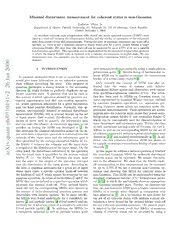
Minimal disturbance measurement for coherent states is non-Gaussian

Managing Failed Anti-Reflux Therapy
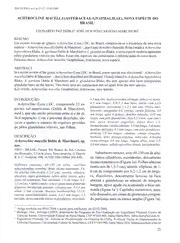
Achyrocline macella (Asteraceae-Gnaphalieae), nova espécie do Brasil
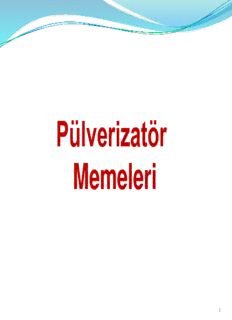
BİTKİ KORUMA MAKİNALARI 6 Kaynak

Centenary Magazine

Parásitos
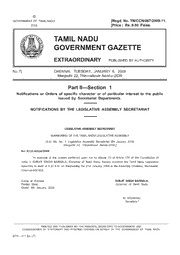
Tamil Nadu, 2009-01-06, Extraordinary, No. 7, Part IISection 1
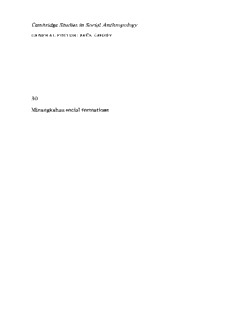
Cambridge Studies in Social Anthropology 30 Minangkabau social formations
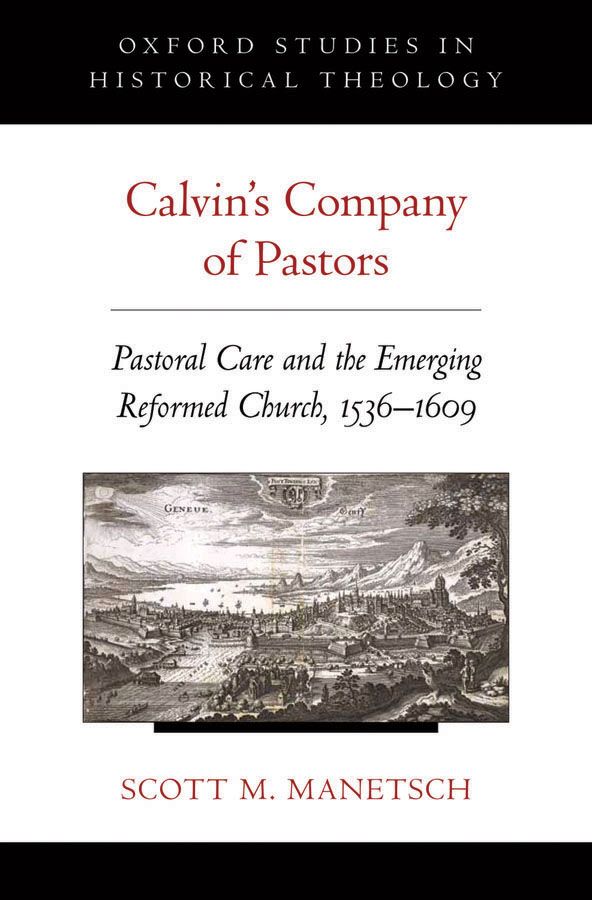
Calvins Company of Pastors: Pastoral Care and the Emerging Reformed Church, 1536-1609 (Oxford Studies in Historical Theology)
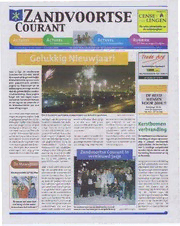
Zandvoortse Courant 2006 week 01
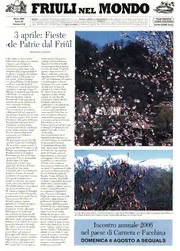
Friuli nel Mondo 618-03-2006
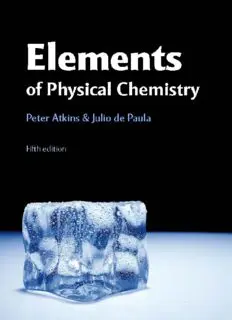
Elements of Physical Chemistry, 5th Edition
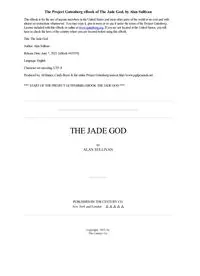
The Jade God by Alan Sullivan
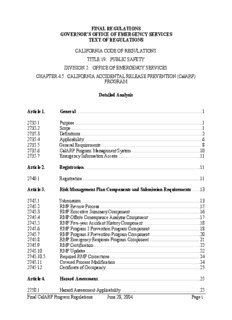
California Accidental Release Prevention (CalARP) Program

Antibiotic Review Kit - Hospital (ARK-hospital)
